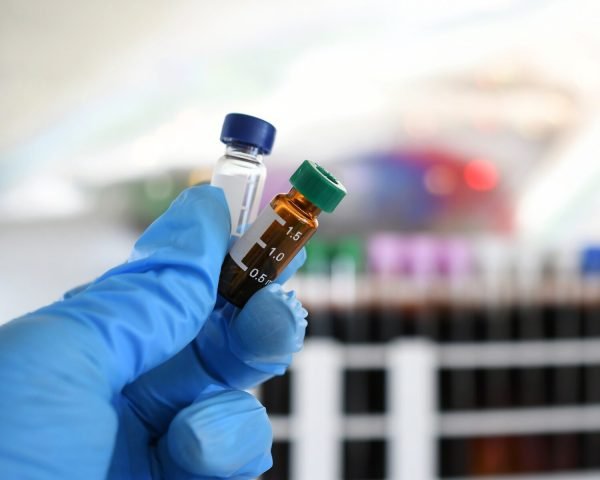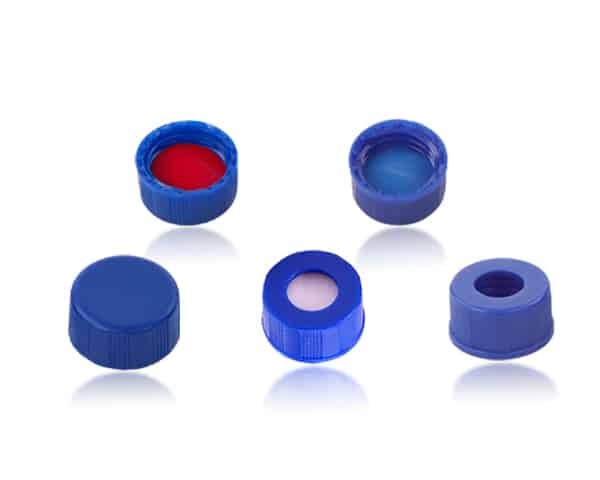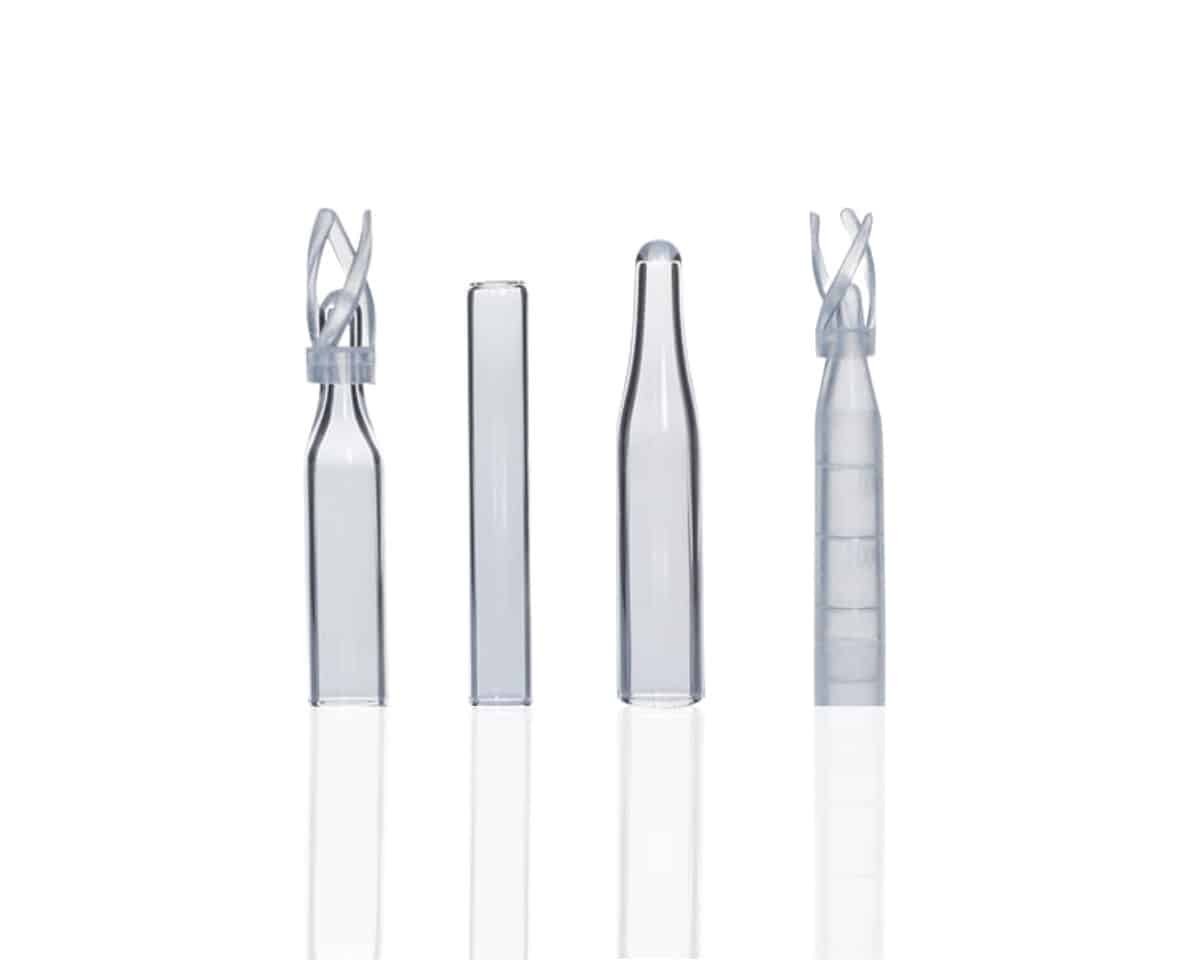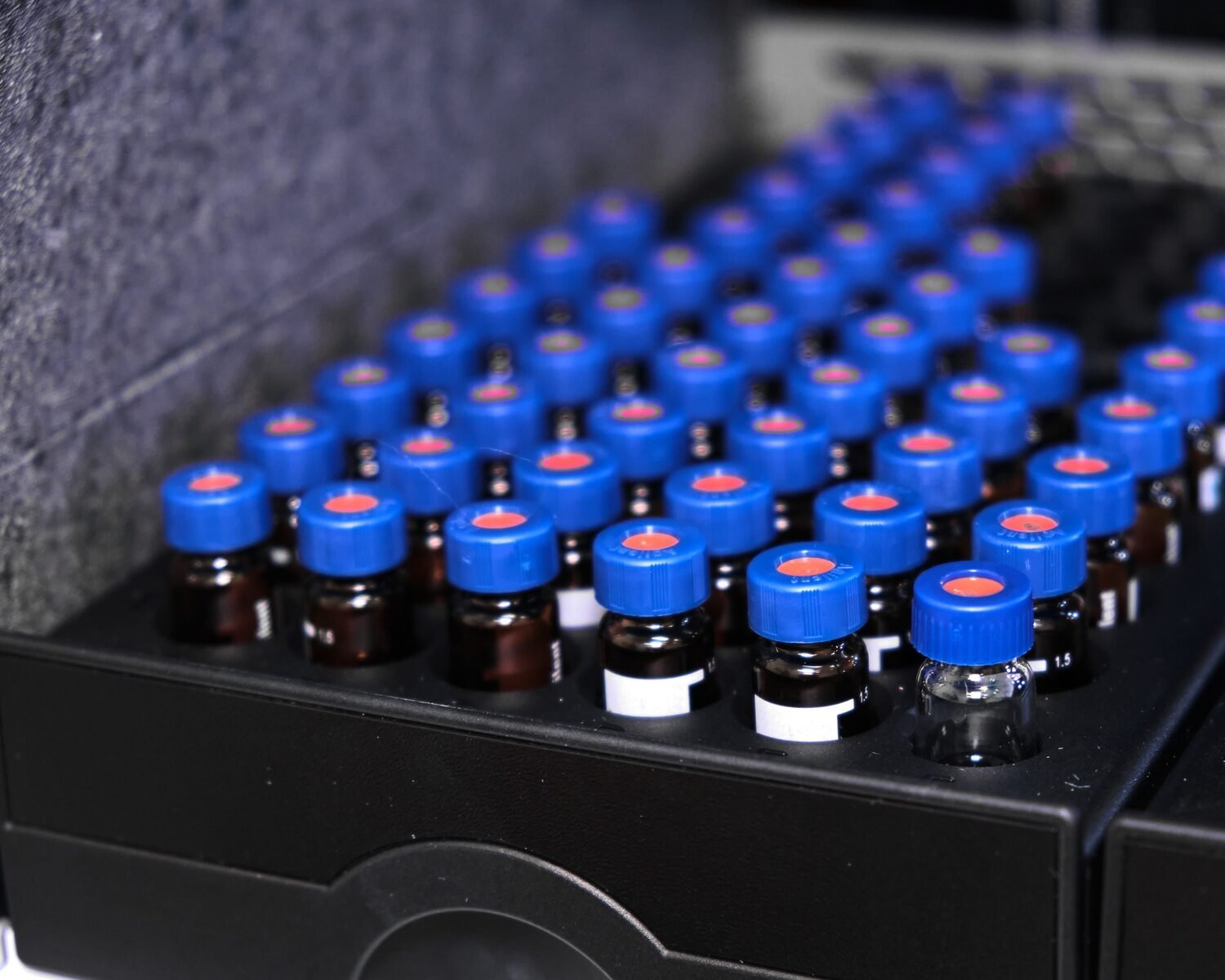Introduction
Hey there, have you ever wondered how scientists pinpoint toxins in the air, water, and soil? It’s fascinating to think about how we can unravel the invisible culprits causing harm to our environment. Today, I want to chat with you about a technique that plays a pivotal role in this detective work: chromatography.
Chromatography might sound a bit technical, but don’t worry—we’ll break it down together. Think of it as a super-sleuth method for identifying and measuring chemicals, helping us monitor and control pollution. If you’re curious about how this works and its environmental impact, let’s dive in!
Answer Section
Chromatography is a powerful analytical method used in environmental testing and pollution control to separate, identify, and quantify chemical components in complex mixtures. It’s critical for detecting pollutants in air, water, and soil, ensuring regulatory compliance, and guiding clean-up efforts.
Why Chromatography Matters in Environmental Testing
Environmental testing isn’t just a routine check; it’s the foundation of our efforts to safeguard ecosystems. So, what exactly makes chromatography such a cornerstone in this field? Let’s unravel its importance.
Understanding the Basics of Chromatography
Chromatography is like a chemical detective. Its job? To separate the components of a mixture, making it easier to identify each one. But how does it do this?
Key Types of Chromatography
- Gas Chromatography (GC): Best for analyzing volatile compounds, like industrial emissions.
- High-Performance Liquid Chromatography (HPLC): Excellent for testing water pollutants and complex organic compounds.
- Ion Chromatography: Ideal for analyzing ionic species in water samples, like nitrates or phosphates.
How Chromatography Works
Chromatography separates mixtures based on the interaction between the sample, the stationary phase (usually a solid or liquid), and the mobile phase (a gas or liquid). In simpler terms, it’s like a race where each chemical travels at its own pace depending on its properties. Cool, right?
Tools of the Trade
- Columns and Detectors: Critical components for separating and identifying compounds.
- Consumables: Items like HPLC vials ensure precision and contamination-free results. Curious why they’re essential? Imagine spilling coffee in your sample—it’s game over for accuracy!
Applications in Environmental Testing

Now that we’ve covered the basics, let’s explore how chromatography transforms environmental science.
Air Quality Monitoring
Air pollution is a silent killer. With chromatography, scientists can:
- Identify volatile organic compounds (VOCs) contributing to smog.
- Track greenhouse gases like methane and CO2.
Would you have guessed that a single breath of air can hold so many secrets?
Water Quality Analysis
Clean water is a non-negotiable, right? Chromatography helps:
- Detect pollutants like pesticides, heavy metals, and industrial chemicals.
- Monitor compliance with environmental standards.
Soil Contamination Studies
Soil tells a story of industrial and agricultural activities. Chromatography can:
- Pinpoint residues of pesticides and herbicides.
- Analyze hydrocarbons from oil spills.
Real-Life Example: The Flint Water Crisis
In Flint, Michigan, chromatography played a vital role in uncovering lead contamination in water supplies. This technology helped validate the crisis and drove action. What do you think—can we afford to ignore tools this powerful?
Chromatography in Pollution Control
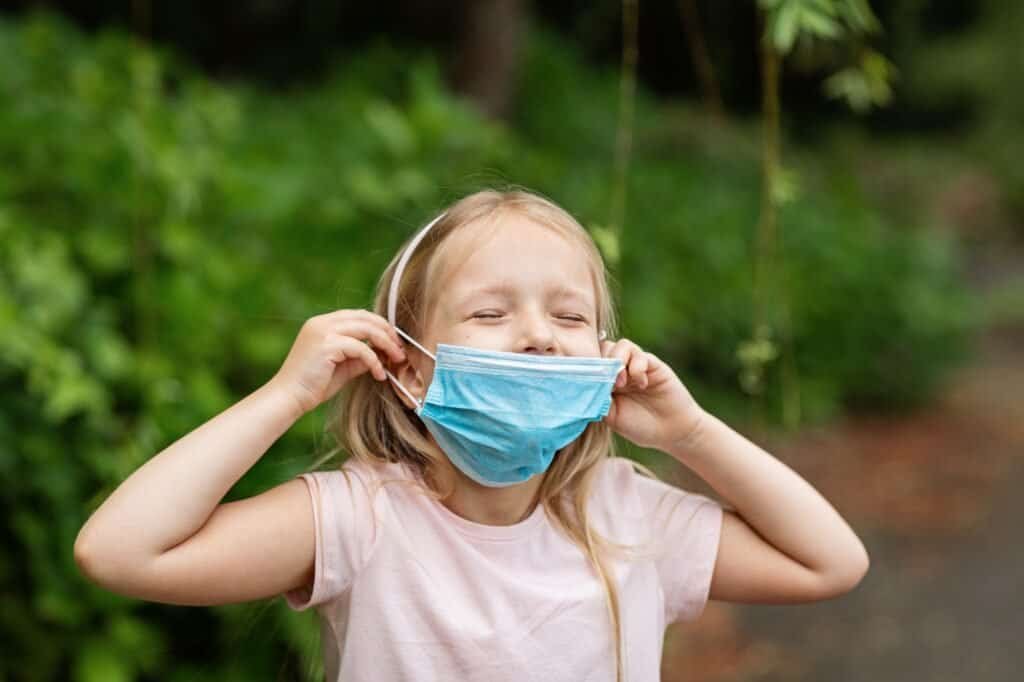
Detection is one thing, but control? That’s a whole different ballgame. Let’s see how chromatography aids pollution management.
Industrial Emissions
Chromatography identifies harmful compounds in emissions, enabling industries to implement better filters and processes. Wouldn’t it be great if every factory had a pollution watchdog?
Wastewater Treatment
From identifying contaminants to optimizing treatment processes, chromatography ensures wastewater doesn’t flow back into nature untreated.
Groundwater Protection
Leaking fuel tanks can spell disaster for groundwater. Chromatography helps trace the contamination source and supports cleanup efforts.
The Future of Chromatography in Environmental Science
The world’s environmental challenges are evolving, and chromatography is keeping pace.
Advancements in Portable Chromatography
Imagine handheld devices for on-site testing. These are already in development, promising quicker responses to environmental crises.
AI and Chromatography
AI is streamlining data analysis, making it faster to detect pollution patterns. What do you think—are machines our allies in saving the planet?
Sustainable Practices
Even the tools of chromatography are going green. Companies are developing eco-friendly consumables to reduce lab waste.
Conclusion
Chromatography is a cornerstone technology in environmental testing and pollution control, enabling precise identification and measurement of pollutants in air, water, and soil. From detecting volatile organic compounds in air quality studies to identifying harmful substances in water and soil, chromatography is critical for ensuring environmental safety and compliance. This method plays a pivotal role in pollution control efforts, such as monitoring industrial emissions, optimizing wastewater treatment, and safeguarding groundwater.
Advancements like portable chromatography devices and AI-driven data analysis are paving the way for faster and more efficient pollution management. Sustainable practices, such as eco-friendly consumables, also highlight the industry’s commitment to reducing its own environmental impact.
By combining cutting-edge technology with a focus on sustainability, chromatography holds immense potential in addressing environmental challenges and driving global efforts toward a cleaner, safer future.
Chromatography is more than a lab technique; it’s a lifeline for our planet. From identifying invisible pollutants to guiding cleanup efforts, its impact is undeniable. So next time you breathe clean air or drink pure water, think of the silent heroes in the lab.
What’s your take on this? Could chromatography hold the key to a sustainable future?
FAQs
Q: What is chromatography?
A: It’s a method for separating and analyzing mixtures of chemicals to identify their components.
Q: Why is chromatography important in environmental testing?
A: It detects pollutants in air, water, and soil, ensuring safety and regulatory compliance.
Q: Are there portable chromatography devices?
A: Yes, advancements in portable devices allow for on-site testing, improving response times in environmental crises.

